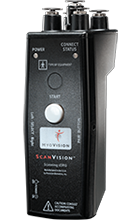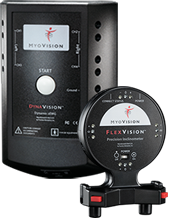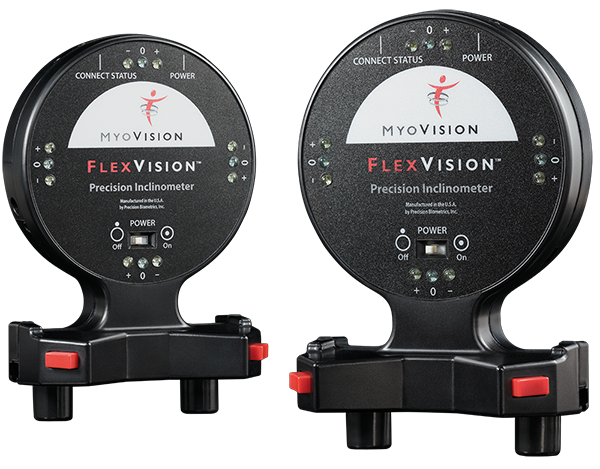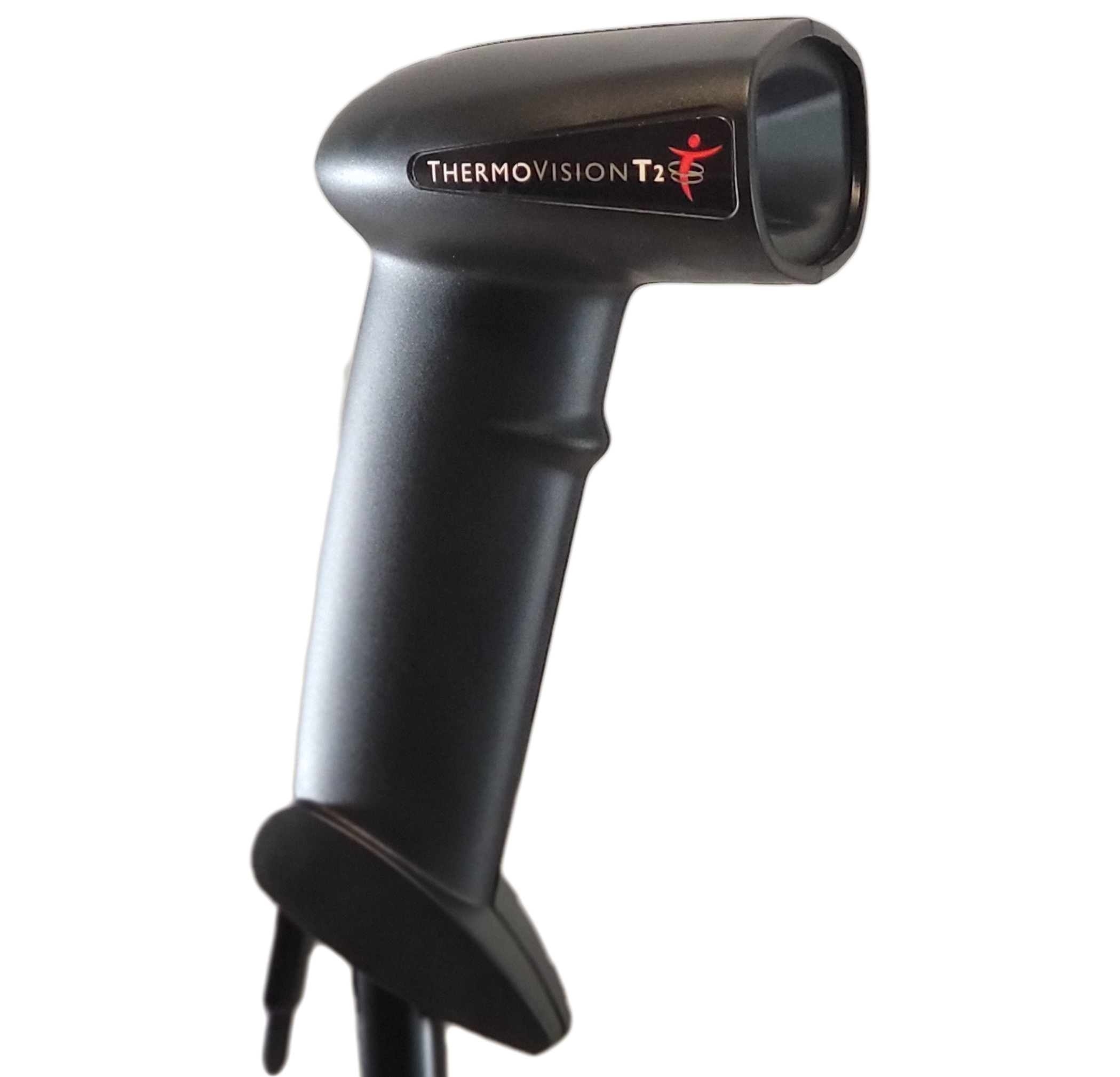The American Chiropractic Association drops position paper on Surface EMG based on review by Marcarian
The American Chiropractic Association’s position paper on Surface EMG has had a major impact on both insurance reimbursement and State Policy in regards to the adoption of Surface EMG. In June, I received a denial letter (access all denial responses are located in the “member portal” tab of www.myovision.com – you must register and wait for approval) referencing the ACA position paper to deny payment. I took one look at their references and realized they were referencing the American Academy of Electrodiagnostic Medicine’s Position Paper (written by Pullman, et. al. 2000) on Surface EMG. This position paper has been long retired by the American Academy of Electrodiagnostic Medicine due to the fact that Pullman had ignored 40+ studies in his review. So, with their main scientific reference no longer valid, I wrote the ACA informing them that their position paper was not supported by their own references, forewarning that legal action will be taken if they did not respond. Not even 10 minutes after I send this email, the ACA responded and removed their position paper from their website, stating it was “under review” where the position paper once was.
“With the ACA removing their negative position paper, those receiving denials for DynaROM evaluations will now receive payment, and further bolsters the American Medical Association’s position that Range of Motion without Dynamic EMG (DynaROM) lacks the sensitivity and specificity required to evaluate for true injury.”
View the ACA’s webpage by clicking HERE.
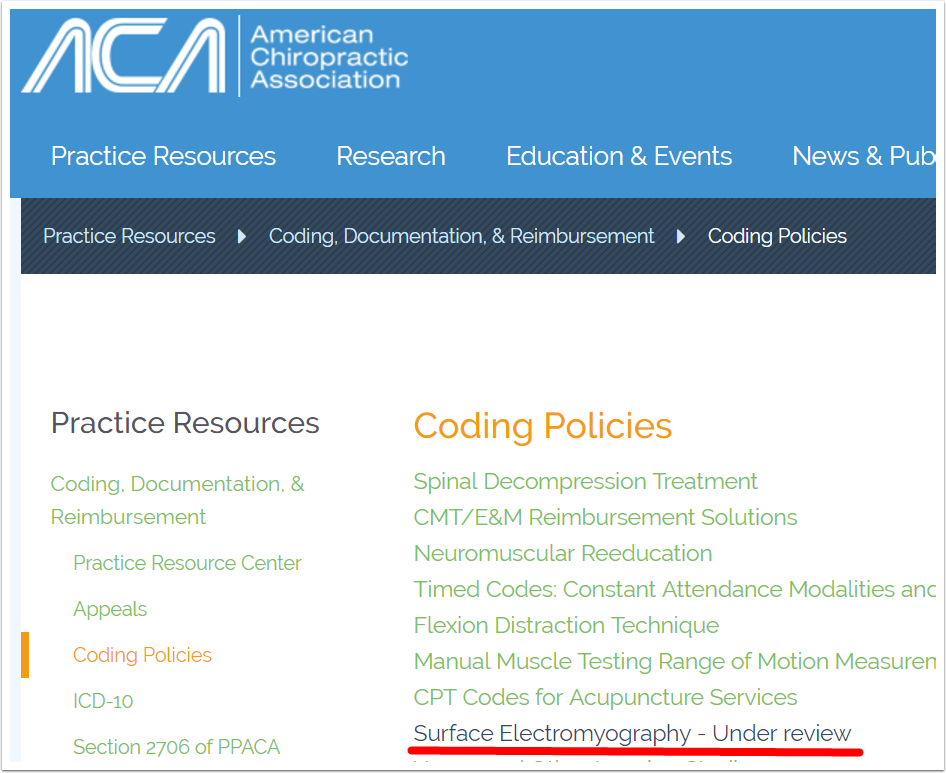
Watch this short video showing a real clinical case of traditional endpoint Range of Motion vs. DynaROM on a real patient.
Paradigm shifts can be difficult.

